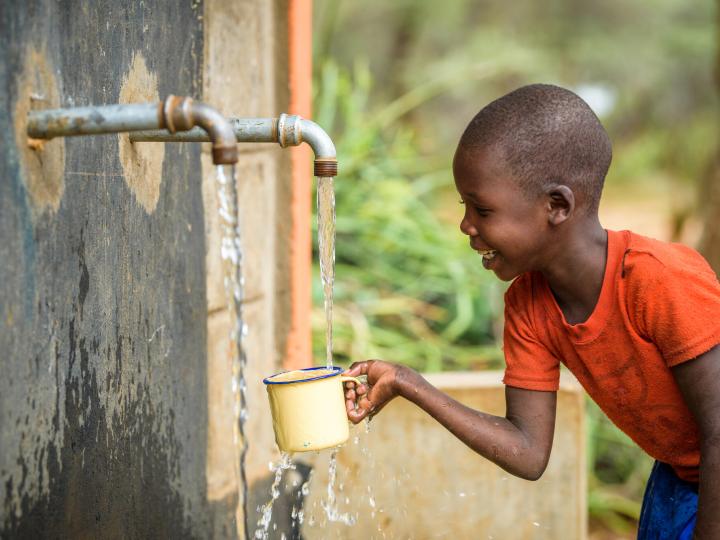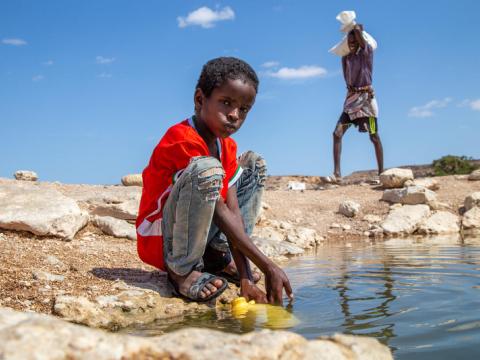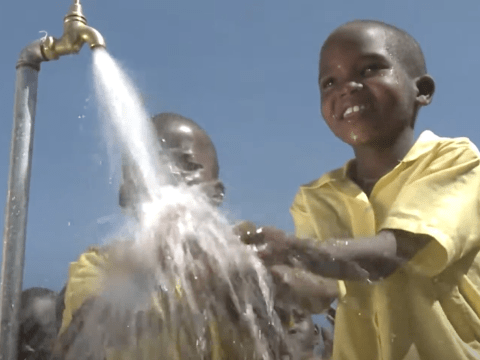
Clean Water
Why Water?
At World Vision we believe that every child deserves clean water. It's the essential building block of life that allows children and their communities to survive and flourish. Our community-based approach gives us deep roots in the community, while our more than 60-year history gives us the longevity and experience to take quality, sustainable interventions to scale.
Over the past nearly 40 years, our work in the WASH sector has grown exponentially. What began as a water project focused in one geographic region has multiplied and matured to impact an estimated 31 million people globally with clean water in 2011-2021 alone.
In our 2021-2025 business plan, we aim to reach 15 million people with access to sustained, clean drinking water close to home. We also plan to reach 4.3 million children with safer drinking water at school and equip more than 3,000 healthcare facilities with a basic drinking water service.
Achievements in 2023
Global Facts:
- 2.2 billion people, most of them in developing countries, lack access to a safely managed supply of drinking water at home
- More than 700 million people lack even a basic drinking water service
- Nearly one-third of all primary schools have inadequate drinking water facilities
- Time spend fetching water costs women and children productive time they could be using for education, livelihood activities, or other responsibilities
- Long journeys to collect water expose women and children to risk of sexual violence, harassment and stress
Source: WHO/UNICEF Joint Monitoring Programme for Water Supply, Sanitation and Hygiene (JMP)
Our Approach
In our clean water work, we strive to provide access to clean water as close as possible to households -- with a maximum of 30 minutes round trip. We build water points in partnership with communities and governments, and we work to ensure that water points are locally managed and maintained. We also emphasise behaviour change interventions so that water is kept safe during collection, transportation, storage and use.
We also provide clean water in schools and healthcare facilities. Water access in schools ensures that students and staff have easy access to the water they need for drinking and other school activities. In healthcare facilities, water is an absolutely critical resource for the health and well-being of both patients and staff. Water is provided to the whole facility, with an emphasis on critical points of care -- such as delivery rooms -- so providers can wash their hands and keep facilities and instruments clean to care well for their patients and protect themselves.
In all settings, it is important that water systems are located and designed to meet the needs and safety concerns of vulnerable groups, including women and children and those with disabilities.

